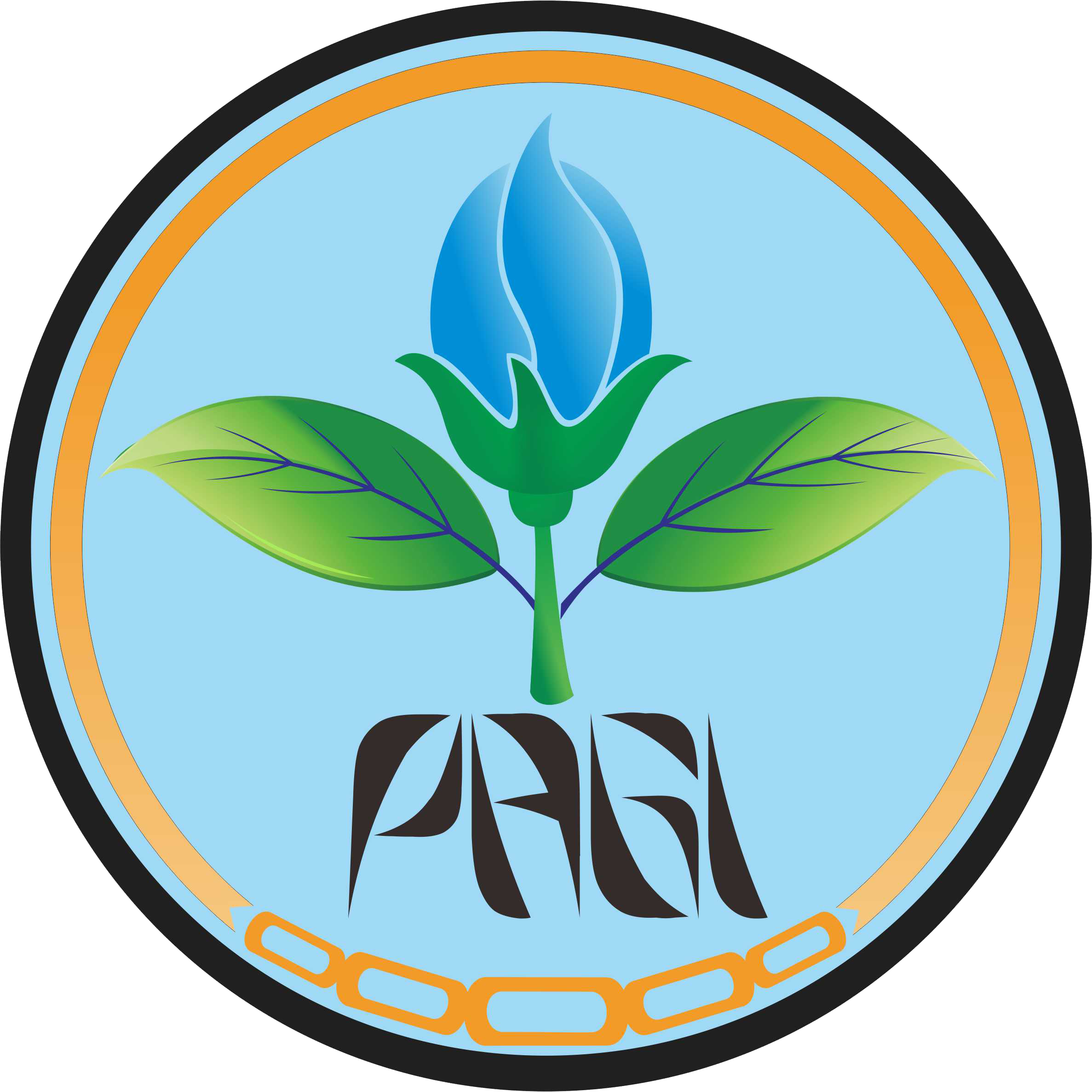Inokulasi Rhizobium dan Populasi Tanaman terhadap Pertumbuhan dan Hasil Kedelai pada Sistem Tanpa Olah Tanah
Abstract
Keywords
Full Text:
PDF(ID)References
Afandi M, Lisa M, Syukri. 2013. Respon Pertumbuhan dan Produksi Empat Varietas Kedelai (Glycine max L.) terhadap tingkat naungan. J Online Agroteknologi 1(2) : 2337- 6597.
Aprilyanto W, Medha B, Bambang G. 2016. Pengaruh Populasi Tanaman dan Kombinasi Pupuk N, P, K Pada Produksi Tanaman Jagung Manis (Zea mays saccharata Sturt.). J Produksi Tanaman 4 (6): 438-446.
Balitkabi. 2018. Teknologi Produksi Kacang Kedelai. Malang: Kementerian Pertanian Republik Indonesia.
Barus J. 2010. Potensi Pengembangan dan Budidaya Kedelai pada Lahan Sub optimal di Lampung. Dalam Barus et al. (eds). Prosiding Seminar Nasional Lahan Sub optimal, Palembang, 20-21 September 2013. p1-12.
Bunyamin Z, Awaluddin. 2013. Pengaruh Populasi Tanaman Terhadap Pertumbuhan dan Hasil Jagung Semi (Baby Corn). Makalah Seminar Nasional Serealia.p.214-219.
Ervina O, Andjarwati, Historiwati. 2016. Pengaruh Umur Bibit Pindah Tanam dan Macam Pupuk Daun Terhadap Pertumbuhan dan Hasil Tanaman Terong (Solanum melongena L.) Varietas Antaboga 1. J Ilmu Pertanian Tropika dan Subtropika 1(1): 12-22.
Jayasumarta D. 2015. Pengaruh Sistem Olah Tanah dan Pupuk P Terhadap Pertumbuhan dan Produksi Tanaman Kedelai (Glycine max L. Merril). J Ilmu Pertanian “AGRIUM” 17(3) : 148-154.
Ju W, Lei L, Linchuan F. 2019.Impact of Co-inoculant With Plant Growth Promoting Rhizobacteria and Rhizobium on The Biochemical Responses of Alfalfa-Soil System in Copper Contaminated Soil. Ecotoxicology and Environmental Safety 167: 218-226. DOI: 10.1016/j.ecoenv.2018.10.016
Kaschuk G, Kuyper TW, Leffelaar PA, Hungria M, Giller KE. 2009. Are the Rates of Photosynthesis Stimulated by The Carbon Sink Strength of Rhizobial and Arbuscular Mycorrhizal Symbioses? J Soil Biology & Biochemistry 41(6):1233−1244. DOI: 10.1016/j.soilbio.2009.03.005
Made U. 2010. Respons Berbagai Populasi Tanaman Jagung Manis (Zea mays Saccharata Sturt.) Terhadap Pemberian Pupuk Urea. J Agroland 17 (2) : 138 – 143.
Muslikah S, Sudiarso, Setyobudi L. 2016. Effect of Inoculation and Time of Application of Microbes on Growth and Yield of Soybean (Glycine max (L.) Merrill). J Degraded and Mining Lands Management 4(1):709-715. DOI https://doi.org/10.15243/jdmlm.2016.041.709
Nyoki D, Patrick AN. 2017. Rhizobium Inoculation Reduce P and K Fertilization Requirement in Corn-Soybean Intercropping. J Rhizophere (5): 51-56. DOI: 10.1016/j.rhisph.2017.12.002.
O’Callaghan M. 2016. Microbial Inoculation of Seed for Improved Crop Performance: Issues and Opportunities. J. Appl Microbial Biotechnol 100(1): 5729-5746. DOI: 10.1371/journal.pone.0103891
Pandiangan DN, Rasyad A. 2017. Komponen Hasil dan Mutu Biji Beberapa Varietas Tanaman Kedelai (Glycine max (L.) Merril) yang Ditanam Pada Empat Waktu Aplikasi Pupuk Nitrogen. J Faperta 4(2): 1-14.
Peng W, Wang Z and Sun X. 2019. Interaction Effect of Nitrogen Form and Planting Density on Plant Growth and Nutrient Uptake in Maize Seedling. J of Integrative Agriculture 18(5): 1120-1129. DOI: https://doi.org/10.1016/S2095-3119(18)61977-X
Pithaloka SK, Sunyoto, Muhammad K. 2015. Pengaruh Kerapatan Tanaman Terhadap Pertumbuhan dan Hasil Beberapa Varietas Sorgum (Sorghum bicolor (L.) Moench). J Agrotek Tropika 3(1) : 56-63.
Sarifi RS, M. Sedghi, Gholipouri A. 2009. Effect of Population Density on Yield Attributes of Maize Hybrids. J Biologi Science 4(4): 375-379. DOI: rjbsci.2009.375.379
Sembiring AS, Ginting J, Sitepu FE. 2015. Pengaruh Populasi Kacang Tanah (Arachis hypogaea L.) dan Jagung (Zea mays L.) Terhadap Pertumbuhan dan Produksi Pada Sistem Pola Tumpang Sari. J Online Agroteknologi 3(1): 52-71.
Simon Z, Kelvin M, Amare G. 2014. Isolation and Characterization of Nitrogen Fixing Rhizobia from Cultivated and Uncultivated Soils of Northern Tanzania. American Journal of Plant Sciences 5:4050-4067. DOI: 10.4236/ajps.2014.526423
Sumarsono S. 2010. Analisis Kuantitatif Pertumbuhan Tanaman Kedelai (Soybeans) Project Report. Fakultas Peternakan Universitas Diponegoro.
Sun W, Xincheng Y, Jiangshuo S. 2019. The Genetics of Planting Density-Dependent Branching in Chrysanthemum. Scientia Horticulturae 256:108-598
Surtiningsih T, Farida, Nurhariyati T. 2009. Biofertilasi Bakteri Rhizobium Pada Tanaman Kedelai (Glycine max (L) Merril). J Hayati 15(1): 31-35.
Zahir ZA, Shah MK, Naveed M, Akhter MJ. 2010. Substrate-dependent Auxin Production by Rhizobium phaseoli Improves the Growth and Yield of Vigna radiata L. Under Salt Stress Conditions. J Microbiol Biotechnol 20(9): 1288–1294.
Refbacks
- There are currently no refbacks.






